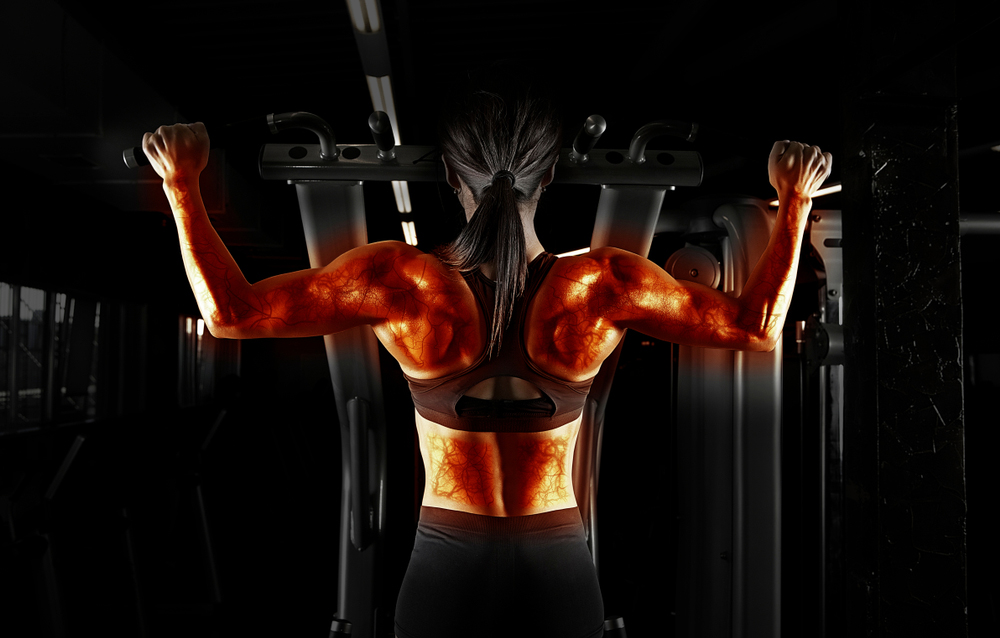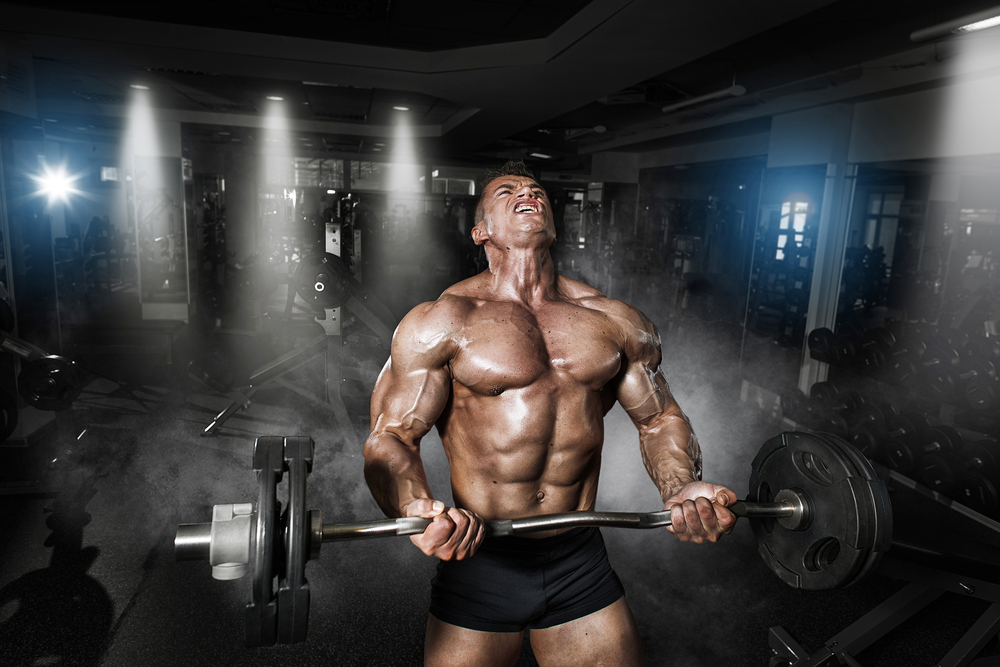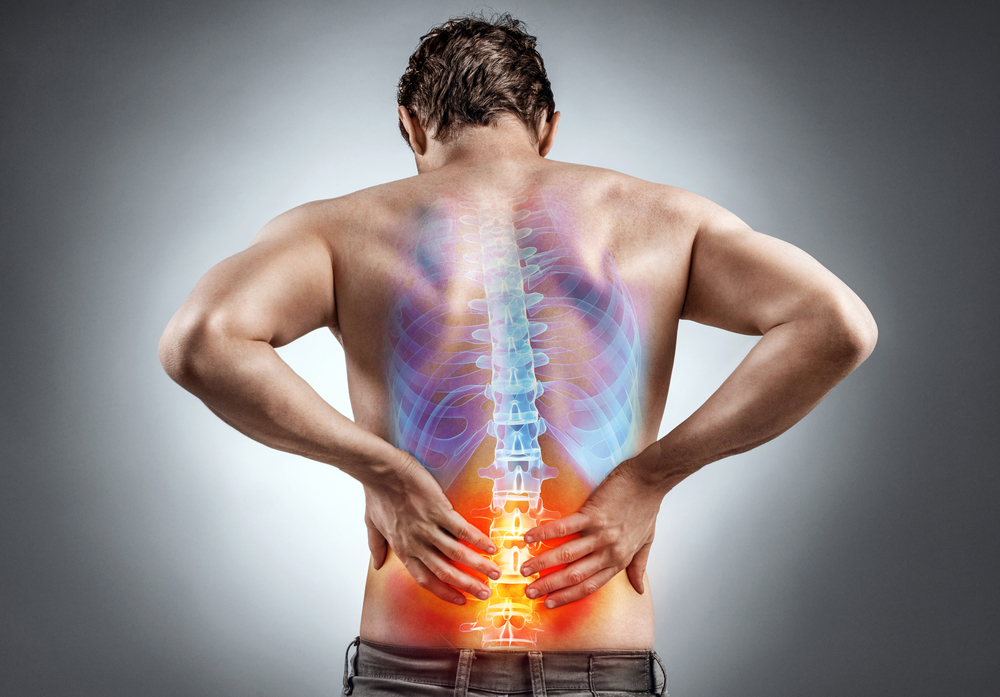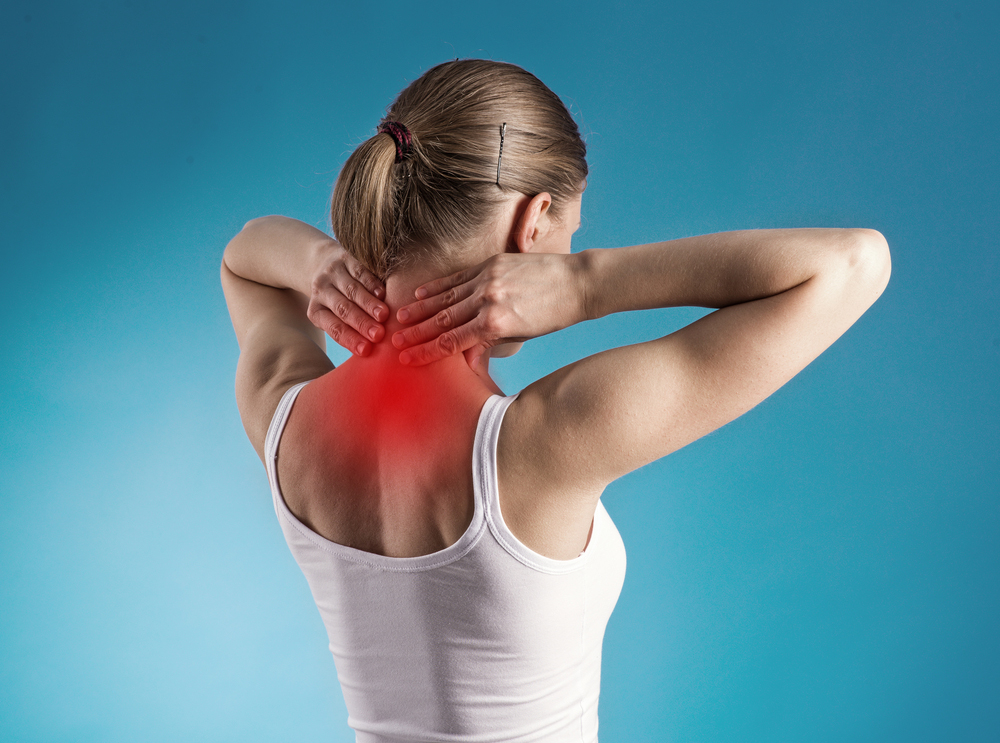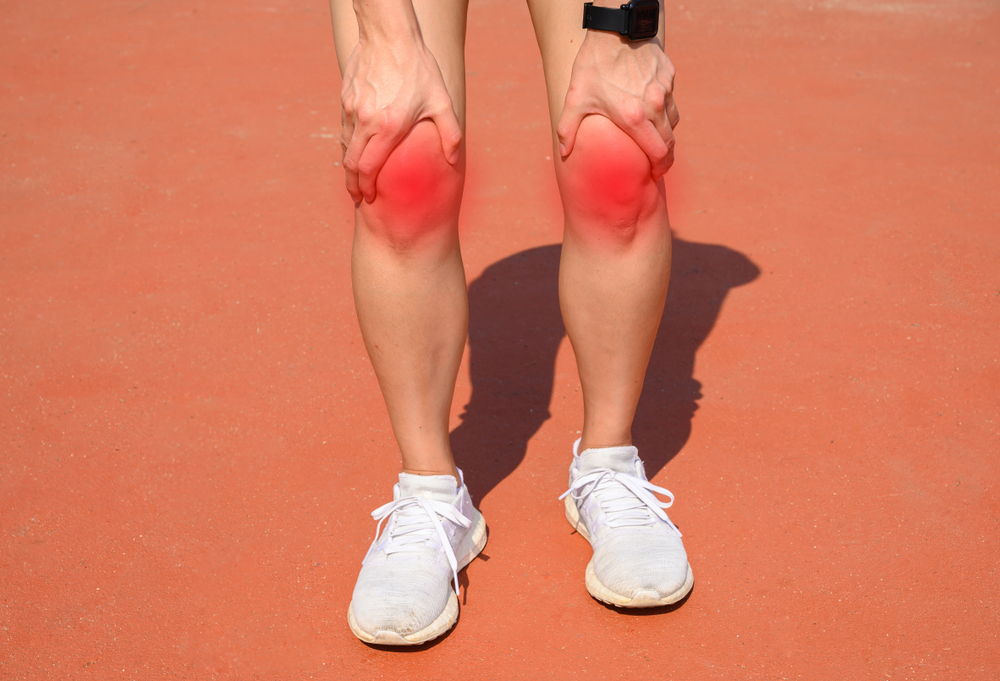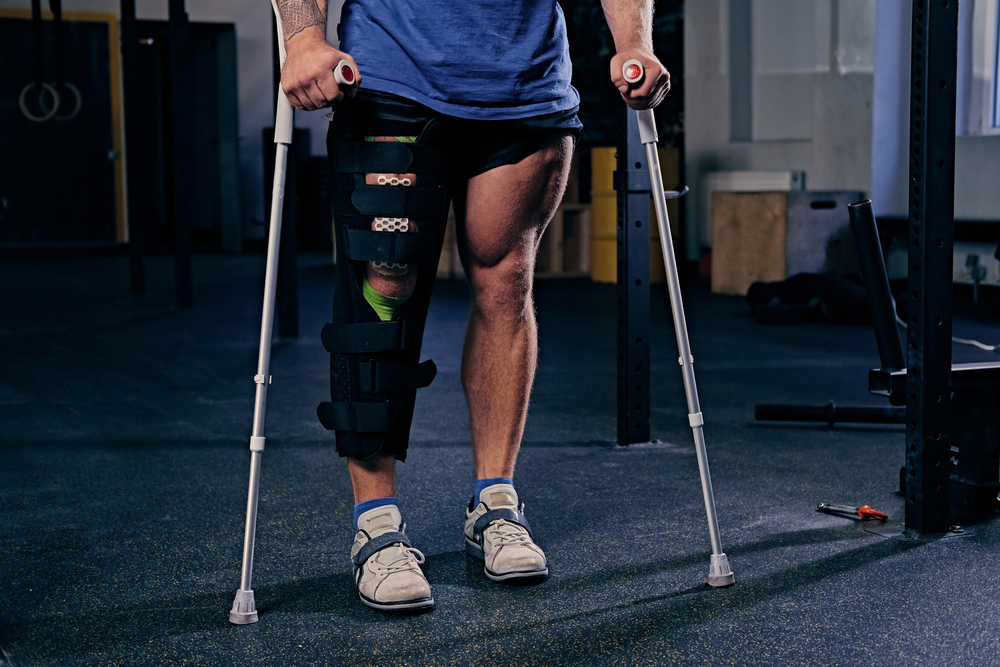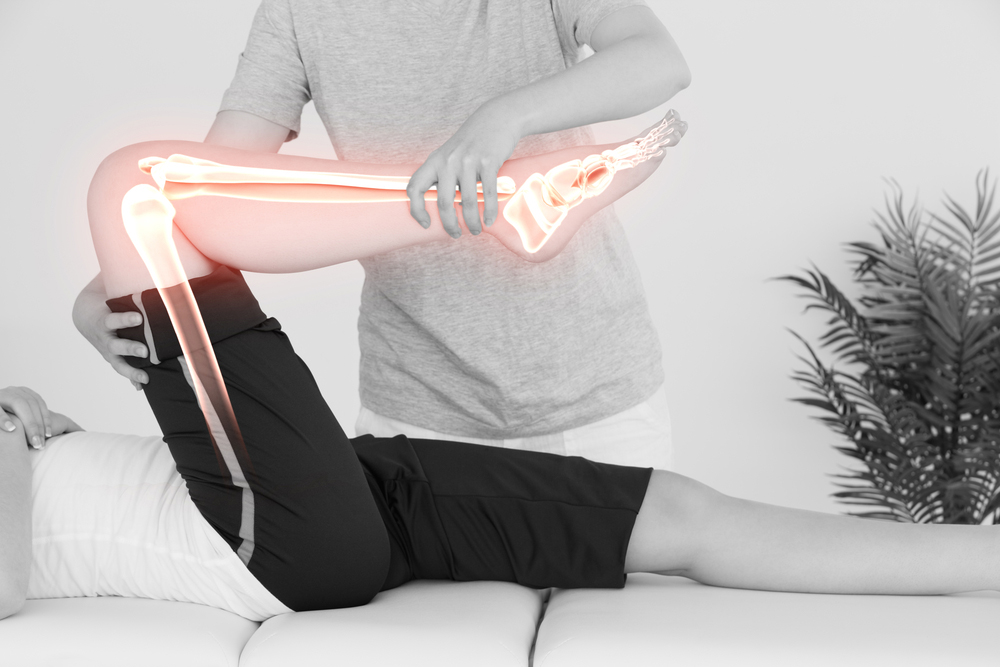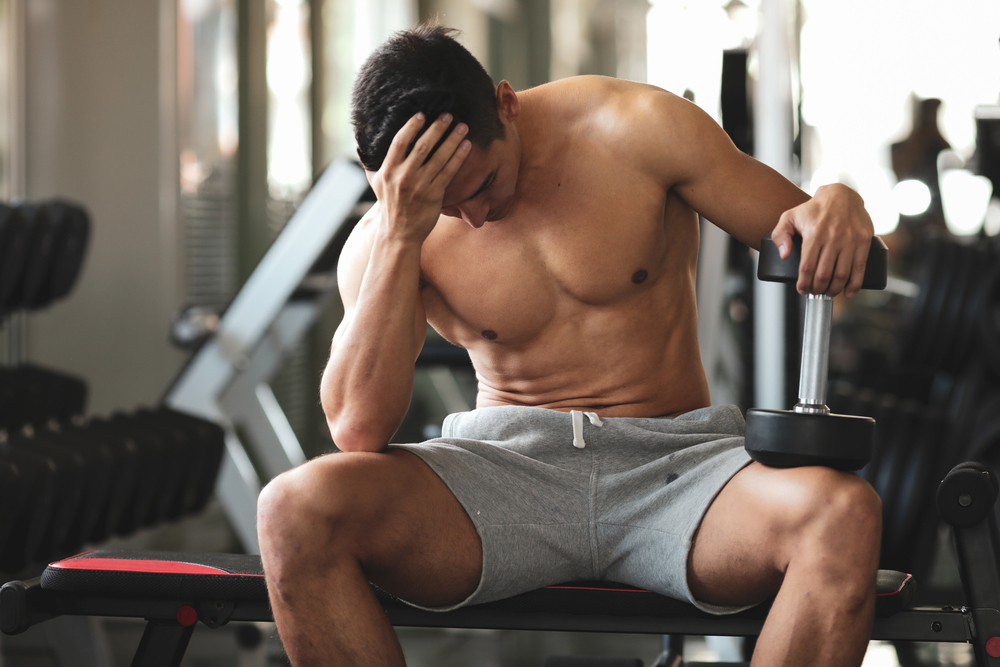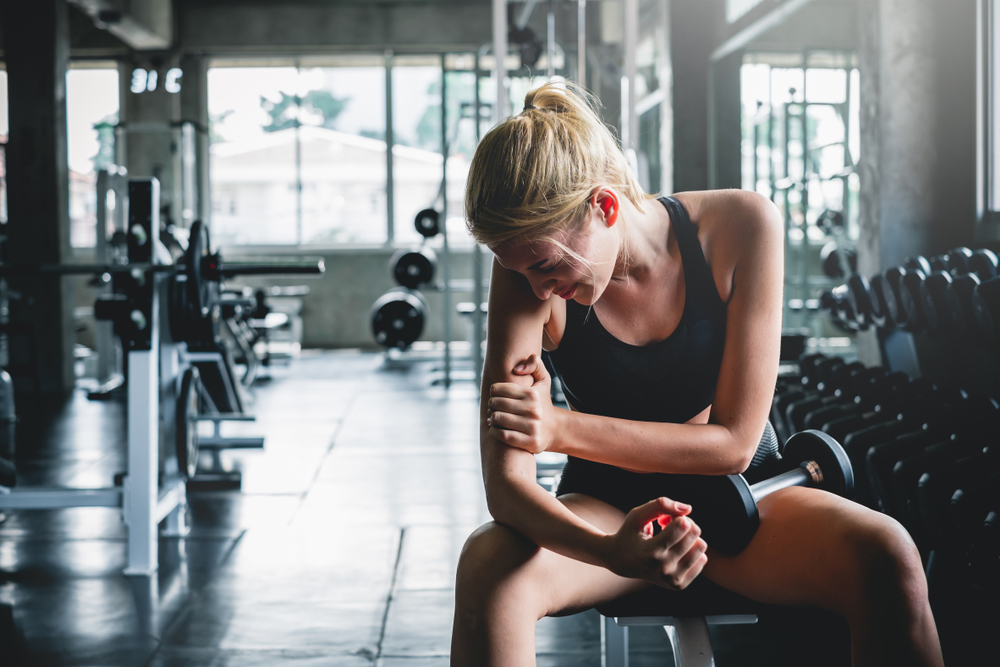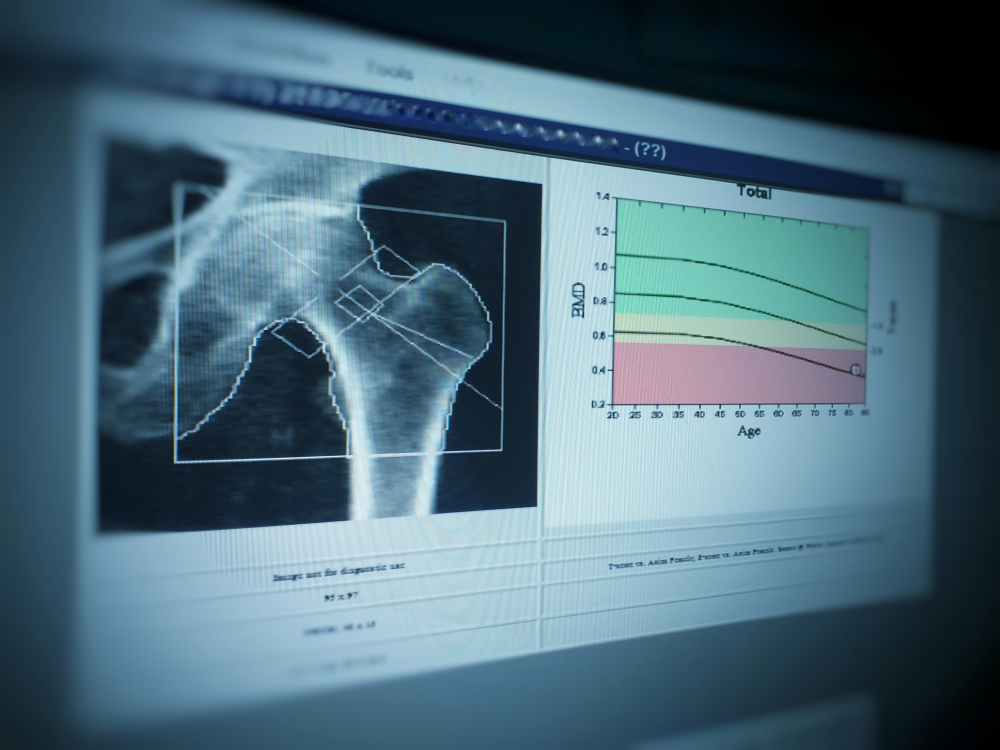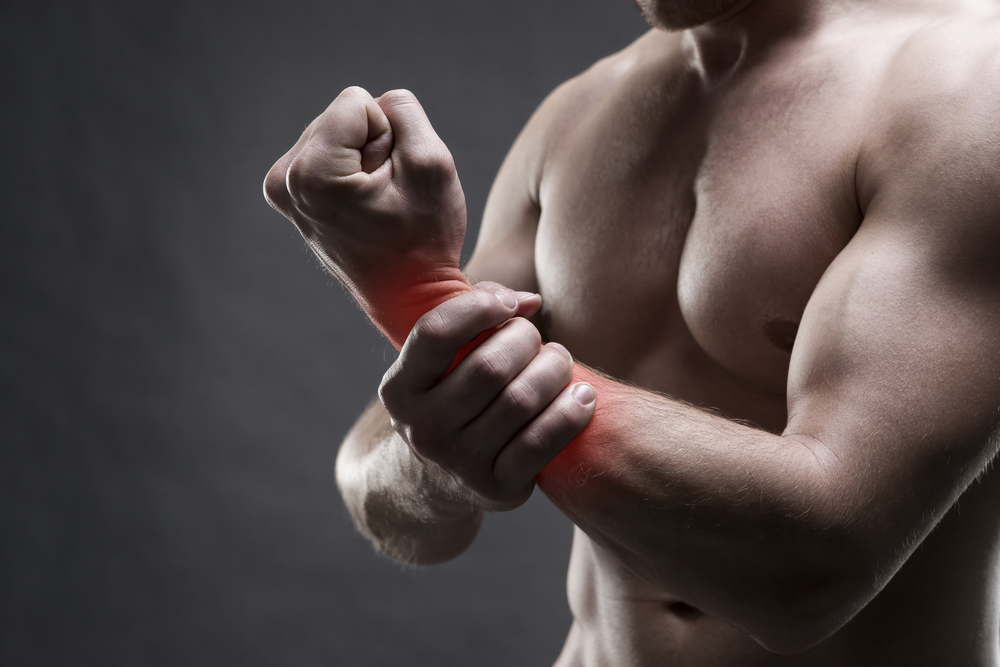Diet and sport are the means to good health. This concept is well known and practiced by many people such as athletes. However, sport can become a source of harm to the body when certain basic rules are not followed. Athletes can thus be subject to cases of pathology and trauma. To elucidate this issue of sports-related discomfort, here is a detailed guide that addresses the subject.
Trauma in sport: common findings
There are certain sporting activities that can lead to trauma, injuries, etc. Generally, these ailments occur in the knee or in the lumbar region. Football, skiing and rugby are among those sports that present this risk to their practitioners.
Sports-related muscular injuries occur mainly in the lower and upper limbs. They are generally seen in young people between the ages of 20 and 30.
It should be noted that sport is nevertheless good for health, it provides many benefits and can help to fight certain pathologies (such as osteoporosis).
Lower limb injuries
Several factors can justify the pathologies observed at the level of the lower limbs of the human body in weight training practitioners. You have for example contractures, sprains and strains tendinopathies at the level of the calves or the ankle. These ailments are usually caused by knee extension or flexion exercises or calf work.
Meniscus and patellar syndromes can occur in the knee as a result of squat, hamstring and step squat work. Pathologies such as tendinopathy can also occur in the hip. High work intensity of the adductors and squats is usually one of the primary causes.
Trauma to the upper limbs
Sports practice must be accompanied by certain measures for well-being, but also to avoid certain frequent traumas. This is the case, for example, with pathologies that can occur in the upper limbs. For example, weight training with elastics can lead to fractures in the wrists.
Apart from the hip, the elbows should also be watched during your different training sessions. Epicondylitis,epitrochleitis orosteochondromatosis are noted manifestations. Its pathologies appear as a result of pectoral exercises, beginner's mistakes during high bar pull and pulley work.
Depending on the part of the body to be worked, there is a suitable exercise. However, it is important to observe the standards and various recommendations. The well-known activities of rowing, bench presses, and deadlifts can present risks of trauma to the shoulders in case of errors in execution. The most frequently noted pathologies are cases of omarthosis, rotator cuff injuries or micro-traumatic arthropathy. Glenoid bulge syndrome can also be seen.
Spinal injuries
It is important to have the relevant information before practising any sport, especially weight training. Different exercises can create trauma to different parts of the body. For example, it is also possible to see effects on the spine. The lumbar region, the thorax and the back can be at risk in certain areas of the body. After squats, lumbar bench, rowing or abdominal work, the athlete can suffer from spinal injuries.
The thoracic cage can also be contracted after pulling or back work. After trunk rotations or rotational abdominal work, spinal injuries or disc herniation can occur in the back. Aerobics, for example, can lead to spinal painif the athlete loses control of the movement of his neck during the exercise.
How to prevent the risk of sports-related injuries?
There are solutions that can be useful in preventing various sports-related injuries.
On the other hand, it is necessary to take care to execute well the movements and the technical gestures required for each exercise. The athlete must also respect the rest time between exercises. This implies that one should not overtrain. In this way it is possible to avoid fatigue fractures. The exercises must be adapted to the athlete's physical activity.
The athlete should also feel good, not overwhelmed by emotions such as stress. Stress can cause poor concentration during sessions, but also weaken the body in terms of physical resistance, thus increasing the risk of injury.
Finally, the athlete must be well hydrated and have a balanced diet in order to carry out his or her sporting activity in the best conditions. In addition, it is necessary to choose an outfit adapted to the sporting discipline. It is necessary to wear suitable shoes, gloves, mouth guards, helmets. . . .
How to recover from a sports-related injury
When an athlete suffers an activity-related injury, certain measures can be put in place to prevent the condition from getting worse. For example, it is possible to:
- Taking time off to recover.
- Taking painkillers, anti-inflammatories or relaxants. It is preferable that these treatments be administered by a doctor.
- In case of injury or pain, immobilize the affected body parts with bandages, plaster, knee braces, or strapping.
- Opt for thermal healing methods.
- Consult a physiotherapist or doctor for joint manipulation.
- Undergo mesotherapy treatment. Injections should be given in small amounts to avoid overdose. It is strongly recommended that a doctor accompany you.
- Use massage to warm up the joints and get them working again.
- Treatment with cryotherapy or low temperature pain relief therapy.

